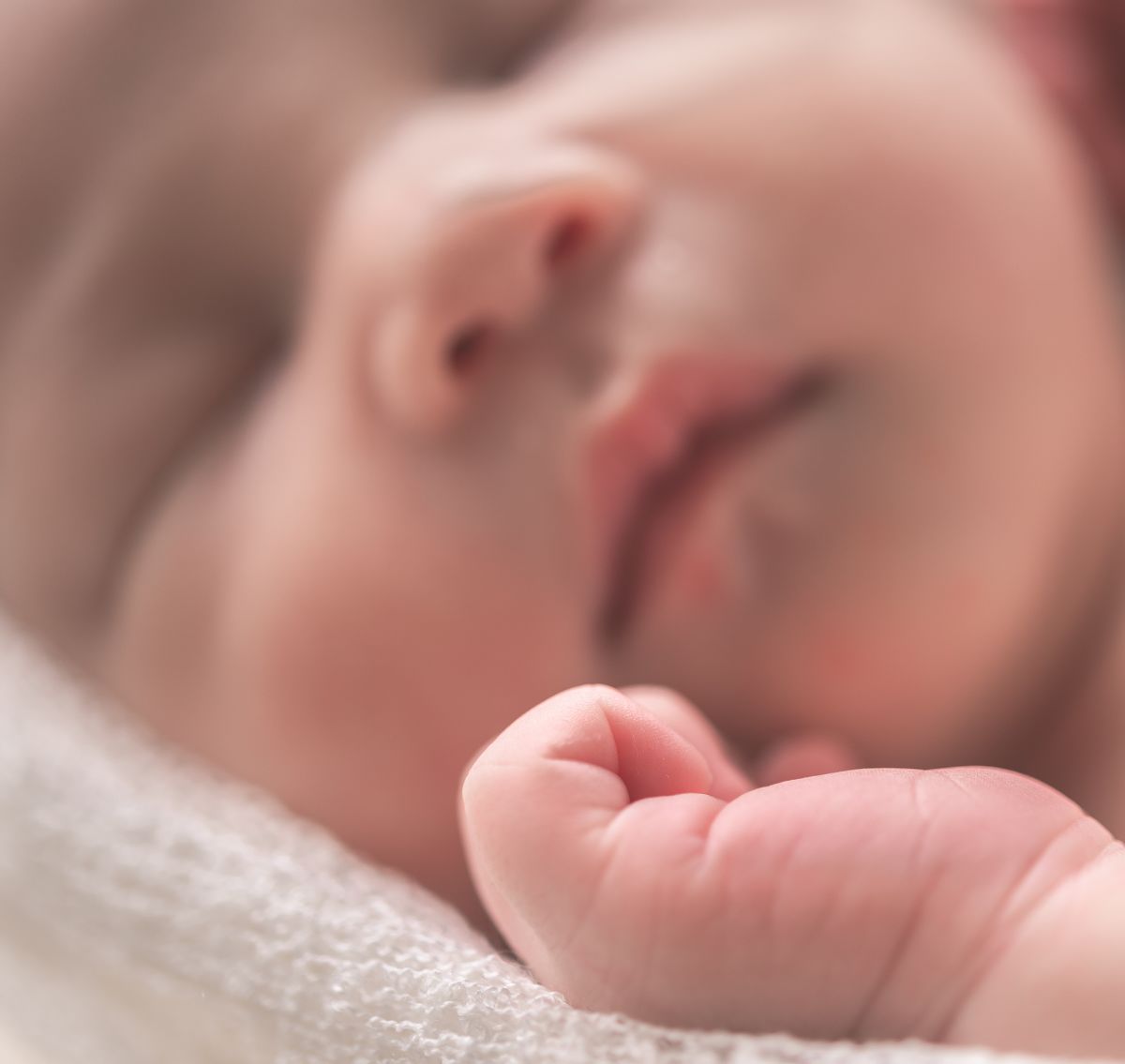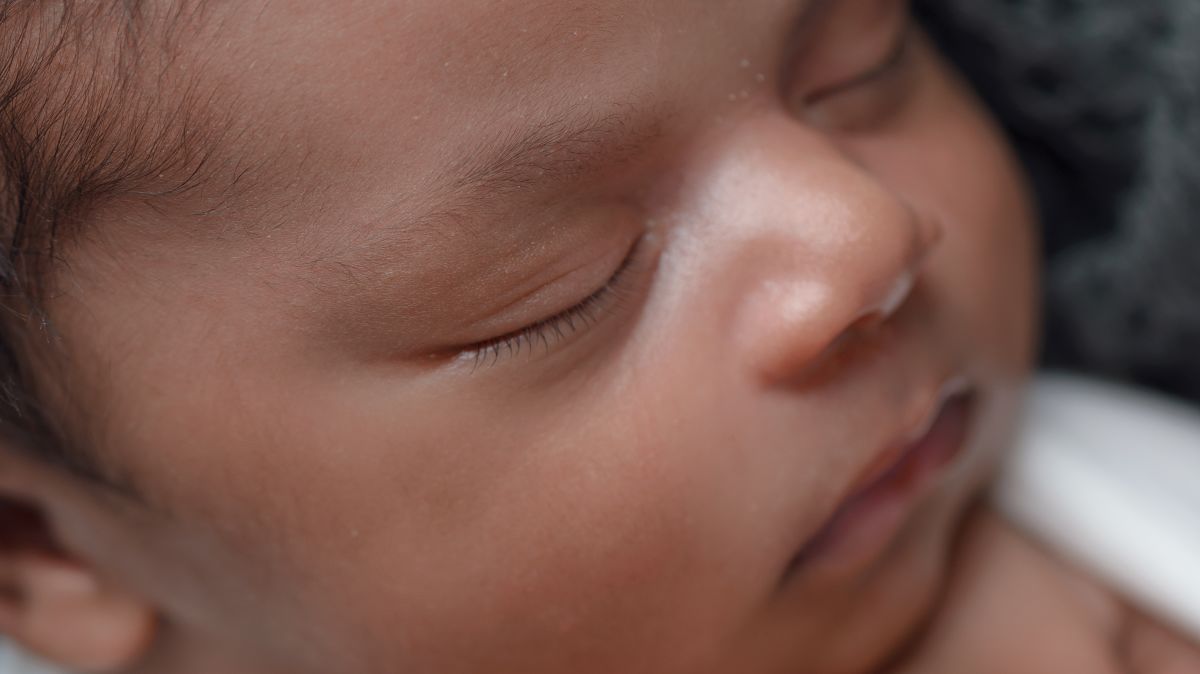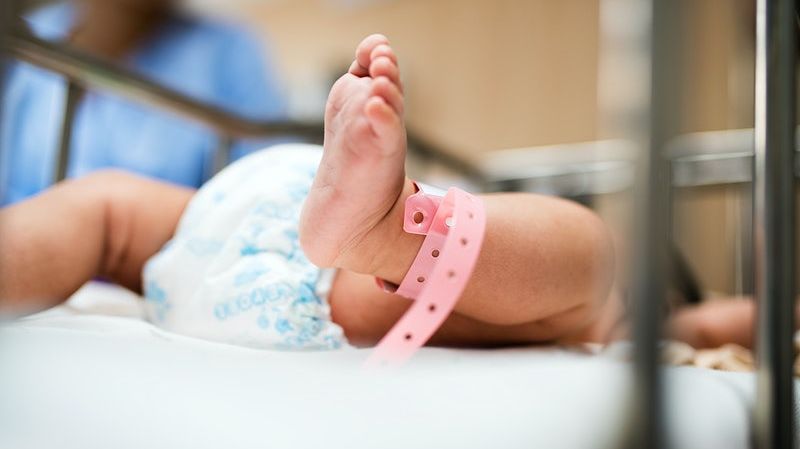Fetal Development Introduction

Fetal development is one of the most popular pregnancy-related topics, as women want to know every single week how their baby is growing.
Embryos develop very quickly in early pregnancy and structures can grow within hours. As the embryo becomes a fetus, development slows down (as it is almost complete) but growth speeds up as the fetus increases in length and weight.
Embryology is a critical field of study for human health. Researchers believe that better understanding how and when these chemical and molecular events occur can potentially lead to the prevention of miscarriage, birth defects, metabolic disorders, and stillbirth, and even advance treatments during adulthood.
Further, if pregnant women learn about fetal development, they can use this information to better understand the health of their pregnancy, how outside agents (medications, chemicals, foods, procedures) may or may not affect their baby, why safety-related information is hard to determine, and even when and why HCPs may make certain recommendations regarding screening tests or procedures.
Background
A woman is technically not “officially” pregnant until week 4 (implantation), which is around the earliest time frame a woman may expect a positive home pregnancy test (some women may get a positive test late in “week 3”, depending on the sensitivity of the test). Therefore, Day 1 is considered the first day of a woman's last menstrual period.
Embryology is the study of human development from a single fertilized egg (one cell) to delivery of a baby. However, how a human develops from fertilization to a full-term fetus is one of the most complex processes in human health, and embryology was only first formally documented in 1931 (in more modern times).
In embryology, there are 38 weeks of development, with Day 1 being the day of fertilization, but from a clinical perspective, that is technically the end of week 2 of pregnancy.
By the time a pregnant woman with 28-day cycle misses her period, she is considered 4 weeks pregnant, but the embryo has only completed two full weeks of development.

Fetal development is divided into two main stages based on how and when most organ systems develop: embryonic and fetal.
The embryonic period lasts from 3 to 8 weeks of pregnancy (simultaneous organ development), the time in which visible physical changes are the most obvious. The fetal period begins at 11 weeks of pregnancy and lasts until birth (growth and organ maturation).
By the time an embryo officially becomes a fetus, or at 11 weeks of pregnancy, over 90% of all named structures in the adult are present.
All embryos begin forming the same way:
The embryo starts out as a two-dimensional disc, and then finally becomes "cylinder-shaped" with the formation of organ systems.
Gastrulation is the process in which the three foundational layers of the early embryo are developed: ectoderm, mesoderm, and endoderm. All tissues and organs are developed from these three layers.
Content Summary
Fertilization: Fertilization, or conception, occurs within 12 to 24 hours after ovulation, and the blastocyst implants around 3 to 4 days later. Another day or two for HCG to circulate in the blood, and a sensitive pregnancy test may become positive. Knowledge of ovulation is the most valuable piece of information for those trying to become pregnant. Read more.
Sex: The sex of a fetus is determined at conception, based on whether an X or Y sperm fertilized the egg (X and Y sperm swim at the same speed). Hormonal triggers then further the development of male or female reproductive organs. Read more.
Amniotic fluid is a key marker of fetal health during pregnancy and a direct pathway to the fetus. The amount of amniotic fluid can provide clues of potential complications, and the contents of amniotic fluid can be analyzed for genetic markers of possible birth defects, conditions, or other concerns. Read more.
Placenta: The placenta is one of the most powerful temporary organs of the human body. It releases its own hormones, provides nutrients to the fetus, filters out waste, and establishes an intricate network of blood vessels that connects fetal health to the health of the mother. Read more.
Heart: Modern research has indicated the development of the placenta and heart may be linked, and that placental development can influence how the heart functions before and after birth.
Unlike all other organ systems in the embryo, the cardiovascular system needs to function almost as soon as it starts to form. The heart starts beating at the very beginning of five weeks of pregnancy, while the rest of the heart continues to develop with blood already running through it. Read more.

Neural Tube: The neural tube develops and closes very early in pregnancy – by the 6th week. Failure of this complex process to occur correctly results in one or more neural tube defects (NTDs). Folic acid supplementation has dramatically reduced the incidences of NTDs but has not eliminated them because NTDs are caused by numerous factors, such as genetics, medication, nutritional deficiencies, and/or environmental causes. Read more.
Brain development: The neural tube is the precursor to the brain. The amount of time required for full brain development is longer than any other organ. While it begins to develop early in pregnancy, it grows and “fine tunes” the entire 9 months and beyond, into adulthood. The brain also has growth spurts and unique markers of health that can be observed via ultrasound, more than just its physical structures. Read more.
Bladder and kidneys: Bladder and kidney function can be assessed early in pregnancy to determine fetal well-being. The visualization of the urine in the bladder proves the kidneys are working. This is a milestone, as fetal kidney health also impacts amniotic fluid and therefore the health of both mother and fetus. Read more.
Gastrointestinal tract: The gastrointestinal (GI) tract of the fetus grows rapidly in the first trimester and by 12 to 13 weeks of pregnancy, some abdominal organs have completed three 90-degree rotations inside (and outside) of the body before finding their permanent locations. The esophagus is formed early, and fetal swallowing of amniotic fluid helps the rest of the GI tract to continue to grow and develop. Read more.
Umbilical Cord: The umbilical cord begins to develop early in pregnancy and is complete by 12 weeks; parts of the GI tract will temporarily enter the umbilical cord until the abdomen grows larger. The umbilical cord can vary in length and diameter depending on a variety of factors and can possess characteristics such as blood vessel abnormalities, loops, knots, and cysts, which do not always lead to complications. Read more.
Limbs: The development of fetal limbs begins around 5 weeks of pregnancy. The upper limbs are always a few days ahead of lower limb development, to include legs, feet, and toes, but can all be well observed via ultrasound by 10 weeks of pregnancy. Read more.
Movement: Women who are pregnant with their first baby may begin to feel movement between 18 and 22 weeks, while women with a prior pregnancy can feel movement as early as 16 weeks in a subsequent pregnancy.
Although kick-counting remains very popular, recent research indicates that there is no set number of kicks a fetus should have within a certain amount of time. Read more.
Face: Development of the face is complex and includes growths, swellings, expansions, mergings, and fusions of various structures within the same rapid time frame in early pregnancy. Assessment of the fetal face is also more than just structural, as facial movements at specific times, under certain stimuli, can “prove” healthy brain, muscle, nerve, and sensory development. Read more.

Ears and Hearing: While the structural aspect of the ear is usually complete before the third trimester, the development of the auditory system – hearing – develops from the late second trimester to term. Properly regulated sound, conversation, and music can have vast beneficial effects on the development of an infant’s hearing. Read more.
Eyes and Vision: Eye development begins early and continues throughout gestation. The eyelids know exactly when to fuse, and exactly when to separate once the cornea has finished developing enough to protect itself from amniotic fluid. Once born, a newborn’s eye color can be a variety of colors which continue to gain pigmentation for up to 10 months. Read more.
Hair, Skin, and Nails: The development of hair and its different types serve specific purposes during a baby’s growth and can reveal information about the overall health of the fetus. Lanugo helps bind a sticky substance known as vernix to the skin, to keep the fetus protected from amniotic fluid; it also acts as a trigger for fetal growth at different stages of pregnancy. The fetal skin has functions and abilities during pregnancy unmatched in adult skin, to include perfect wound healing early in pregnancy. Read more.
Lungs: Although lung development and growth start early in pregnancy, the structural changes required for breathing do not occur until the final few weeks of pregnancy. Babies who are born prior to 36 weeks face the biggest threat of immature lungs. However, survival at earlier stages is improving, and babies born as early as 26 weeks have a good prognosis with intensive care. Read more.

Assessing Fetal Development
Birth Defects: It is estimated that birth defects affect up to 3% of all pregnancies; these include a wide range of possible structural and functional abnormalities – up to 7,000 different types have been identified. Due to the different types, birth defects have a wide range of effects on an individual’s quality of life, but fortunately, some of these can have extraordinarily little overall impact. Read more.
Screening Tests: Various screening tests are recommended during the first and second trimesters that include ultrasound examinations and blood work. These tests, taken together, can evaluate a fetus’ risk for one or more birth defects. If risk is considered high, diagnostic tests (amniocentesis, chorionic villus sampling, cell-free DNA) are then recommended to confirm diagnosis. Read more.
Ultrasounds: Ultrasounds are commonly used in obstetrics and most women will receive two to three of these examinations throughout their pregnancy, sometimes more if monitoring is required. Some safety concerns regarding the possibility of fetal hearing and heating have been raised in the use of ultrasound, but all current evidence refutes these claims. Read more.

Uncertain Viability: Early pregnancy ultrasounds are valuable in confirming a pregnancy, ruling out ectopic pregnancy, and identifying if there is more than one baby. However, the biggest risk of an early pregnancy ultrasound is the diagnosis of uncertain viability. An early ultrasound can lead to a diagnosis of potential miscarriage that turns out to be viable, as well as a viable pregnancy that later miscarries. Read more.
Action
Women should read our individual fetal development pages to learn more about how their baby is growing. Women should also ask their HCP any questions or concerns they have regarding their baby's development, especially after an ultrasound.
Unfortunately, approximately 20% to 30% of all conceptions are estimated to result in miscarriage, and approximately 3% of babies born will have a birth defect.
As soon as women find out they are pregnant, or are considering getting pregnant, they need to call their HCP to discuss:
Their current medications (some medications may need to be stopped or changed immediately upon pregnancy, and some women may not have their first appointment until 6 or 8 weeks)
Possible exposures to lead, mercury, and other heavy metals
Any history or current use of tobacco, nicotine, alcohol, or marijuana
Any history or current use of illicit drugs such as cocaine, heroin, and methamphetamine
Any possibility of a current bacterial, viral, or fungal infection
Further, to give their baby the best possible start, women should:
See a healthcare professional regularly.
Take care of medical conditions before pregnancy.
Take prenatal vitamins.
Get 400 micrograms of folic acid every day.
Maintain a healthy weight.
Ask an HCP to measure thyroid hormone levels at the first appointment.
Speak to an HCP regarding any and all medications (to include over-the-counter and herbal).
Do not use alcohol, marijuana, illegal drugs, cigarettes, or e-cigarettes.
Prevent infection and learn to recognize infection.
Switch their regularly used salt source to iodized table salt (instead of pink/Himalayan, kosher, sea salt)
Follow HCP guidance regarding vaccinations.
Resources
UNSW Embryology (Dr. Mark Hill)
Human Embryology (Shigehito Yamada, Mark Hill and Tetsuya Takakuwa; October 2015)